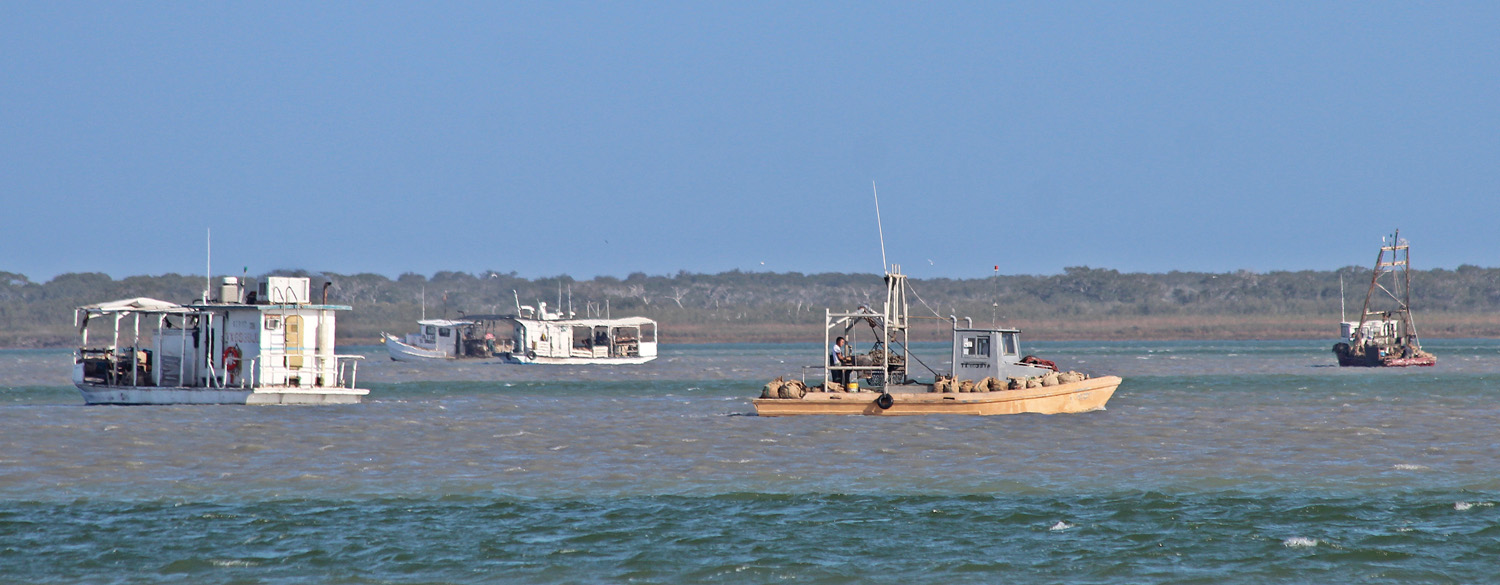CCA Texas Advocacy Update

The Eastern Oyster is perhaps one of our most valuable coastal resources, providing critical habitat for fish and invertebrate species, shoreline stabilization, water quality enhancements and numerous other ecological functions. Sadly, oysters on Texas public reefs are under enormous pressure from commercial interests. Make no mistake, the commercial oyster industry is a big business, and historically oysters rank just behind shrimp as our most valuable commercial seafood product.
The public oyster season is open from November 1 to April 30 of each year with harvest hours set from sunrise to 3:30 PM, coast-wide. There are a total of 35 public oyster harvest areas dually managed by Texas Health and Human Services (THHS) and Texas Parks and Wildlife Department (TPWD).
THHS can close a harvest area if there are any public health concerns, and typically you will see an approved area closed as a result of high rainfall, excessive runoff and/or other harmful algae blooms. TPWD, on the other hand, manages the resource based upon abundance and can close an area if there are resource concerns or enforcement issues.
We are seeing a shift in the way the commercial oyster industry is conducting its fishing operations. Many of the vessels utilized nowadays are small, draft little water and are very mobile. They are pushing further back into secondary bay systems (i.e. St. Charles Bay, Carancahua Bay and Christmas Bay) that historically have not been fished, harvesting adjacent to homeowners’ fishing piers, and getting out of boats to hand pick oysters from shallow waters.
The simple truth is that there are not enough oysters remaining in Texas to fill our nation’s demand for this delicacy. TPWD routinely samples oyster reefs and will close a public harvest area if more than 65% of the sampled oysters are smaller than the legal size, which is currently set at three inches.
At the time of this article submission, 26 of the 35 public harvest areas have been closed by TPWD. So, let’s look at it another way. Currently in the large majority of public harvest areas, less than 35% of our oysters measure greater than three inches. That statistic should alarm us all and certainly begs the question: Is there more that we could be doing to manage the oyster fishery? CCA Texas is concerned about the status of the oyster fishery and is working with TPWD to develop solutions to this critical problem.